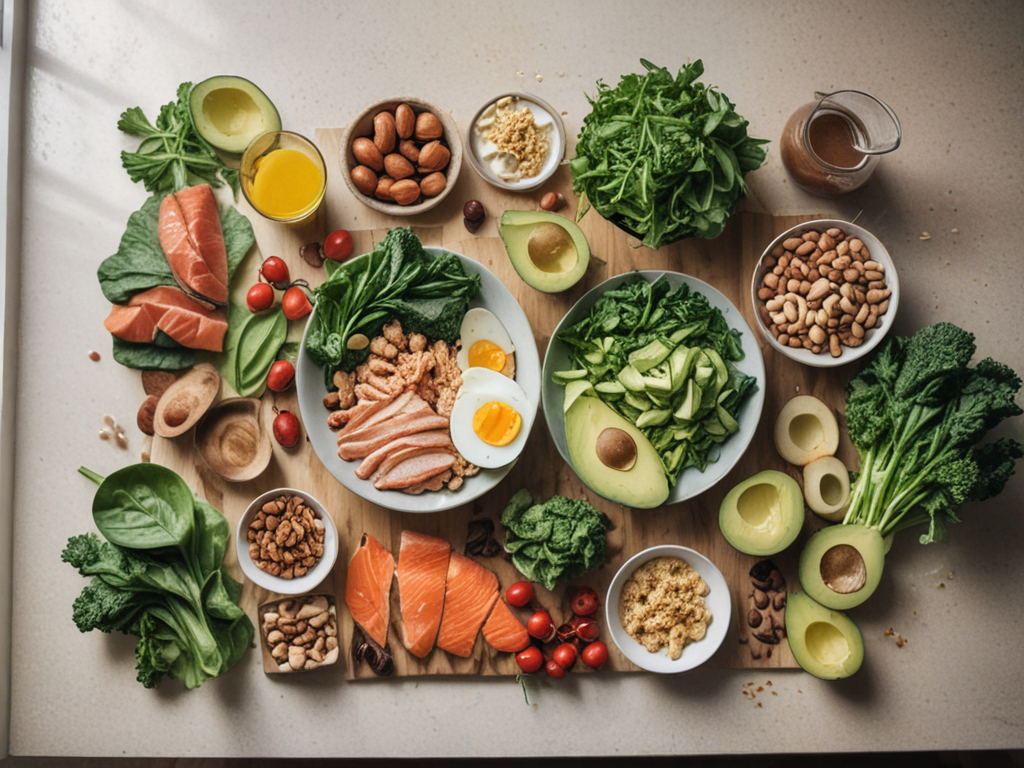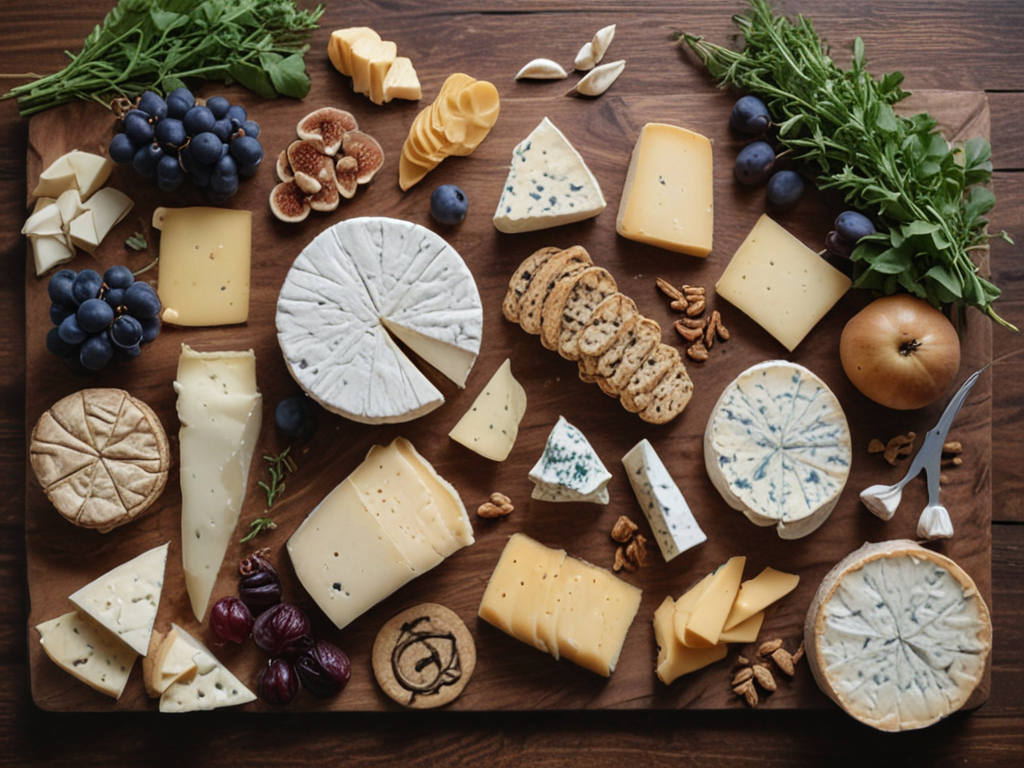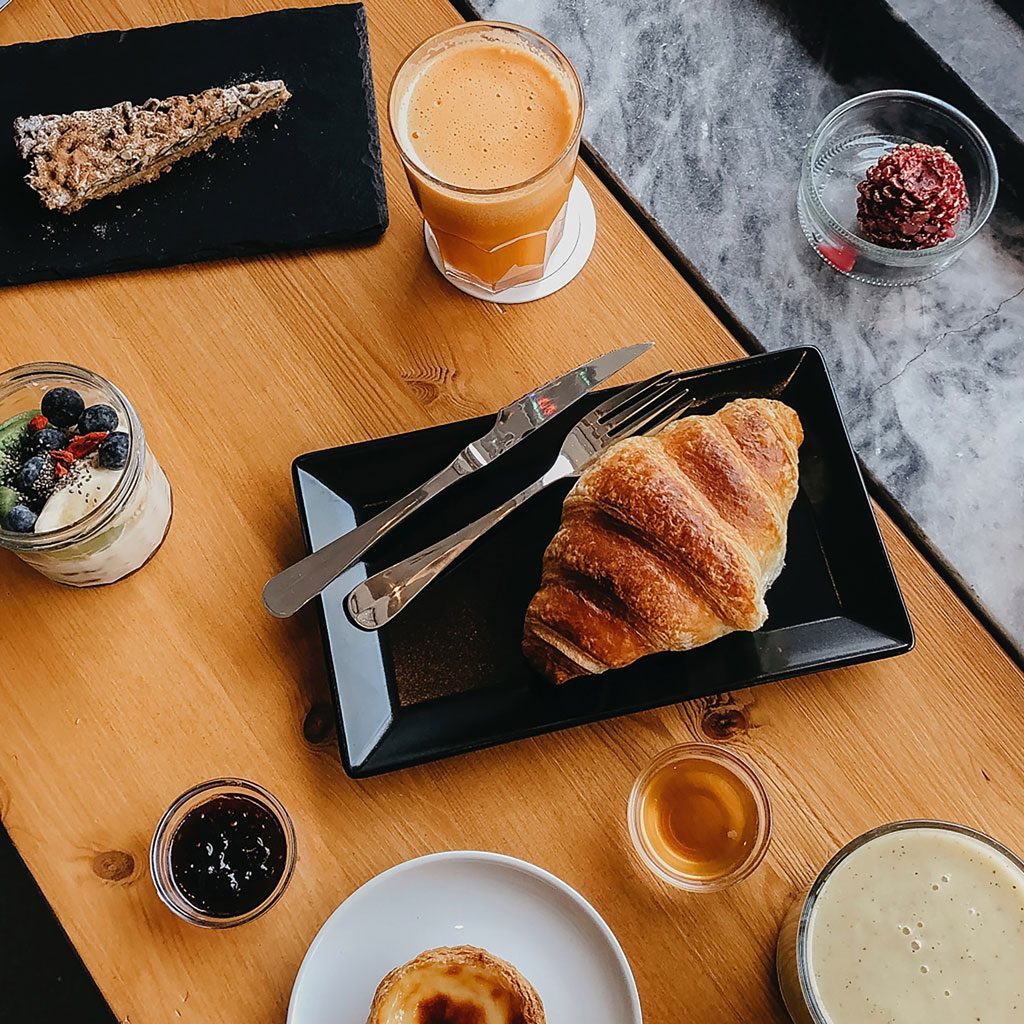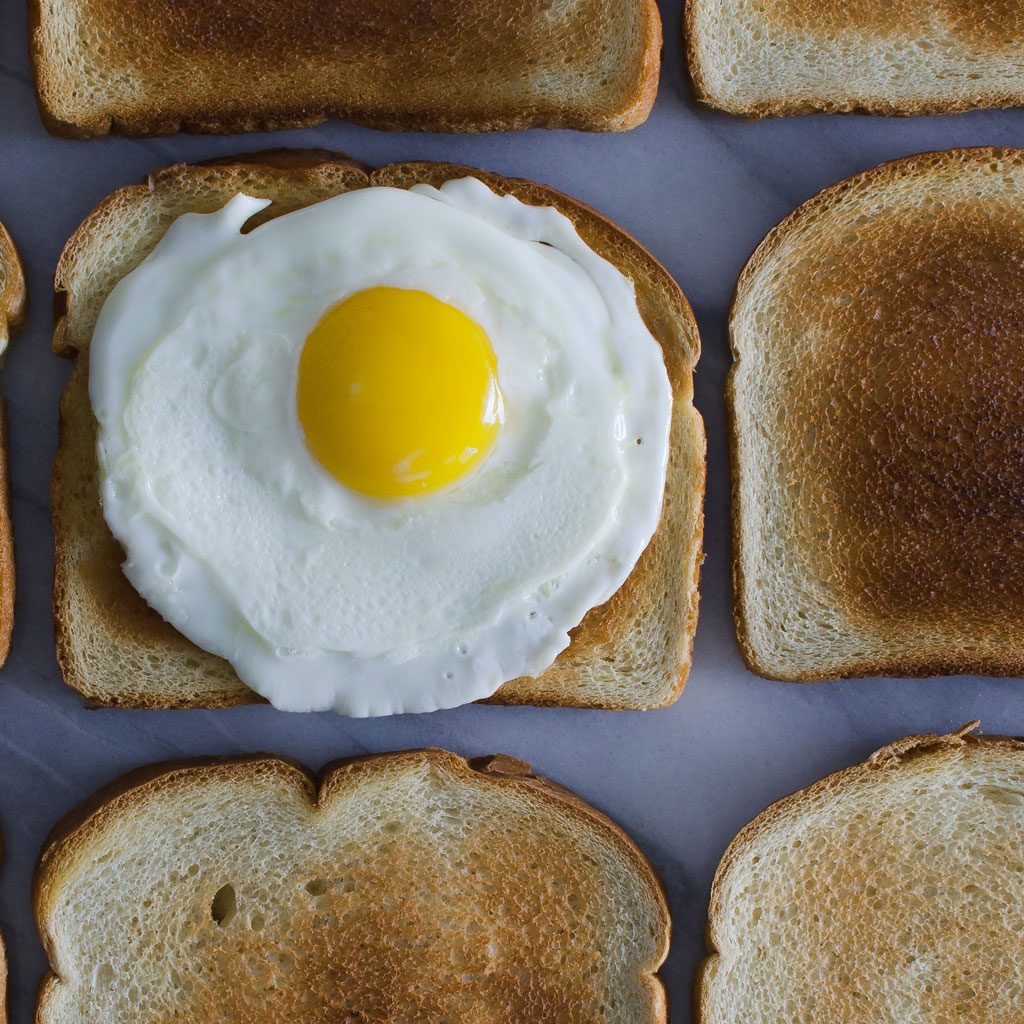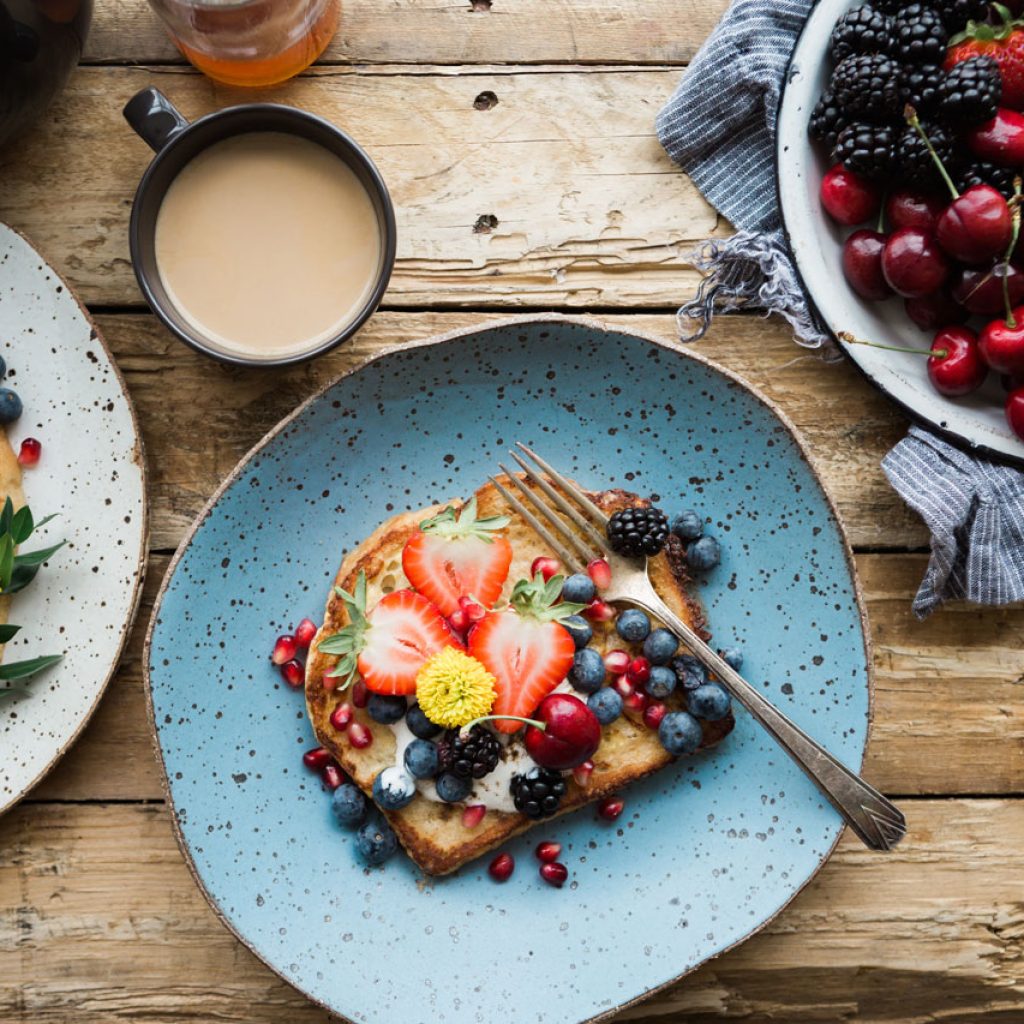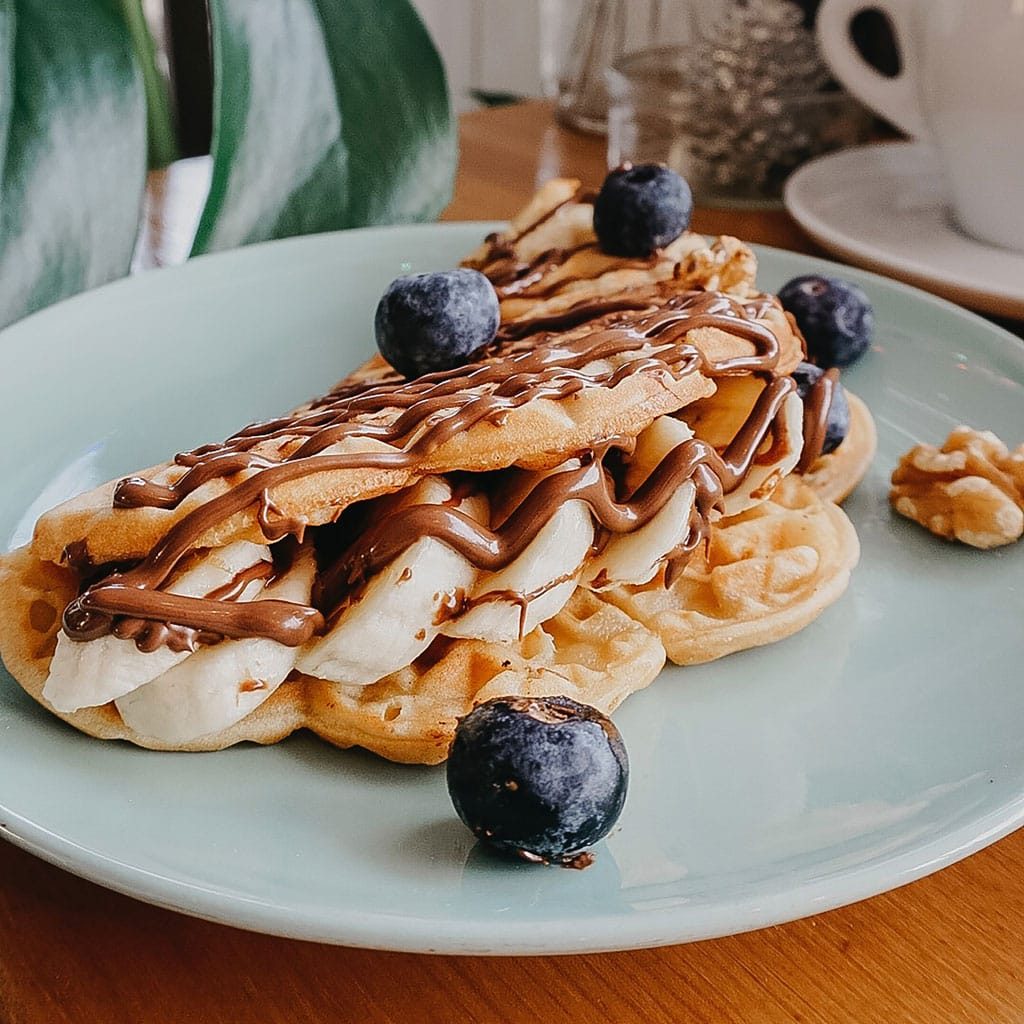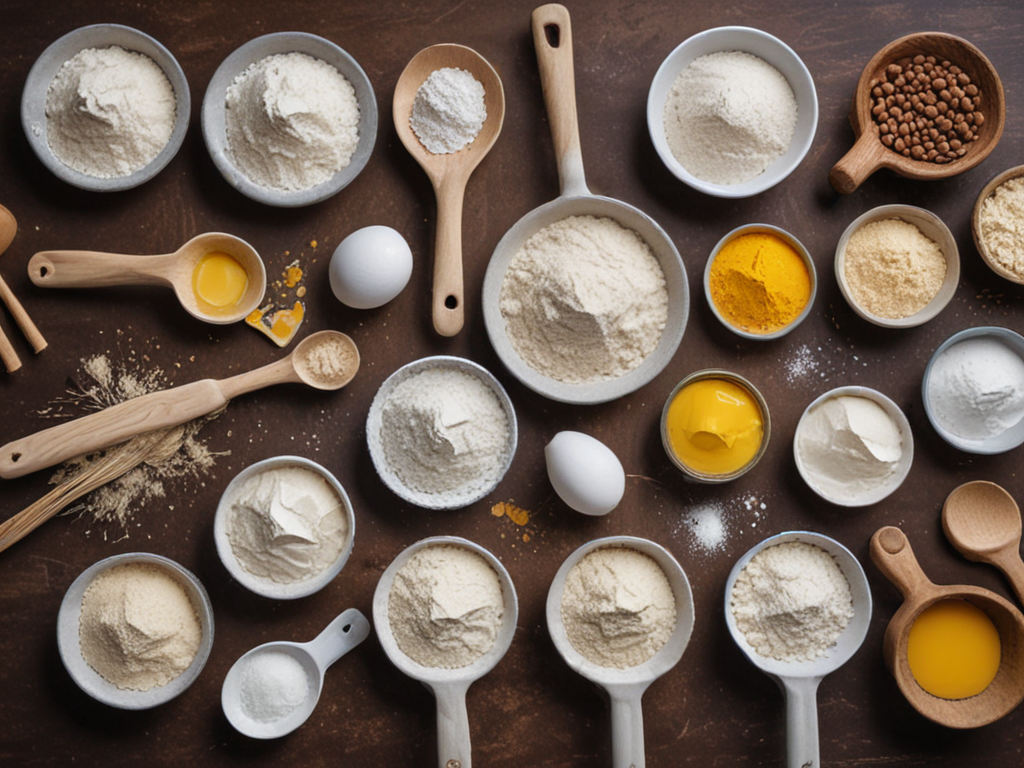
In the domain of baking, where art meets science, the delicate dance of ingredients and reactions forms the foundation of every delectable creation. Understanding the basics of baking science reveals a world of precision and possibility. The role of flour, the sweet science of sugar, and the egg-cellent contributions all play essential parts in the alchemy of baking. Leavening agents, with their magical ability to transform dough, add another layer of complexity. Mastering the techniques involved in baking not only requires skill but also a deep comprehension of the science behind the process.
Importance of Understanding Baking Science
Understanding baking science is essential for achieving consistent and successful results in the kitchen. Baking chemistry, with its key concepts and principles, forms the foundation for mastering the art of baking. One important aspect is comprehending ingredient interactions. Ingredients in a recipe are not merely thrown together; they engage in complex chemical reactions that determine the texture, flavor, and structure of the final product. For instance, the leavening agent interacts with acids to produce carbon dioxide, which creates the desired rise in baked goods. Temperature control is another crucial factor influenced by baking chemistry. The Maillard reaction, responsible for browning and flavor development, occurs at specific temperature ranges. By understanding these intricate processes, bakers can troubleshoot issues, adjust recipes confidently, and innovate with new creations. Embracing the science behind baking empowers individuals to move beyond following recipes blindly, opening the potential for limitless culinary exploration.
Role of Flour in Baking
Flour plays a fundamental role in baking, serving as a cornerstone ingredient that contributes appreciably to the texture and structure of baked goods. Understanding the nuances of different types of flour and their functionalities is vital for achieving the desired outcomes in baking. Here are key points to keep in mind:
-
Gluten Development: The protein gluten in flour is essential for creating structure and elasticity in baked goods. Proper gluten development is essential for achieving the desired texture, whether it’s a chewy bread or a tender cake.
-
Functionality: Different types of flour, such as all-purpose, bread flour, cake flour, and whole wheat flour, have varying protein content and gluten-forming capabilities. Understanding the functionality of each type allows bakers to choose the right flour for specific recipes.
-
Types of Flour and Substitutions: Knowing the characteristics of various flours enables bakers to make informed substitutions when needed. Whether due to dietary restrictions or ingredient availability, being aware of suitable flour alternatives can help maintain the quality of the final product.
The Sweet Science of Sugar
As a baker, I appreciate the essential role sugar plays in my creations. Not only does sugar provide sweetness, but it also contributes to the overall flavor profile of baked goods. Additionally, the type and amount of sugar used can greatly impact the texture of the final product.
Role of Sugar
Sugar plays an important role in the science of baking, influencing the texture, flavor, and overall structure of baked goods. When it comes to achieving the perfect sweet balance in a recipe, sugar acts as more than just a sweetener. Here are three key ways sugar impacts baking:
- Texture Enhancement: Sugar not only sweetens but also tenderizes by absorbing liquid in the recipe, creating a moist and soft texture.
- Yeast Activation: Sugar provides the necessary food for yeast to thrive, aiding in the fermentation process that helps dough rise.
- Caramelization Process: During baking, sugar undergoes caramelization, adding depth and complexity to the flavor profile of baked goods.
Understanding the multifaceted role of sugar is essential for mastering the art of baking.
Sugar’s Flavor Effects
In baking, the intricate interplay of sugar’s flavor effects elevates the taste profile of baked goods to a whole new level. Sugar plays a vital role in achieving the perfect sweet balance that tantalizes our taste buds. The sweetness perception in baked goods is not just about adding sugar; it’s about understanding how different sugars interact with other ingredients to create complex flavors. Here’s a breakdown of how sugar impacts taste perception:
| Sugar Type | Flavor Contribution |
|---|---|
| White Sugar | Provides sweetness |
| Brown Sugar | Adds depth and caramel notes |
| Honey | Imparts floral undertones |
Understanding these flavor effects allows bakers to craft delectable treats that hit the right notes of sweetness and enhance the overall taste experience.
Sugar in Texture
With its ability to influence the texture of baked goods, sugar plays a pivotal role in the intricate dance of ingredients that define the delectable experience of indulging in a sweet treat. Sugar’s caramelization creates a golden-brown crust on pastries, adding a delightful crunch. Additionally, sugar’s sweetening power not only enhances flavor but also affects the moisture content in baked goods, contributing to their tenderness. The interaction between sugar and other ingredients like flour and fats impacts the structural integrity of the final product, influencing its softness or crispiness. Understanding the role of sugar in texture is key to mastering the art of baking and creating confections that satisfy both the taste buds and the senses.
Egg-cellent Contributions in Baking
Eggs are important in baking due to their multifunctional properties, serving as emulsifiers, binders, and leavening agents. The role of egg whites, specifically, is paramount in providing structure, stability, and aeration to various baked goods. Understanding the science behind egg functions is essential for achieving the desired texture, volume, and overall quality in baked products.
Egg Functions in Baking
Egg proteins play an important role in providing structure and stability to baked goods. When it comes to baking, understanding the functions of egg yolks and egg whites is crucial:
- Egg yolks, emulsifying properties: Egg yolks contain lecithin, which acts as an emulsifier, helping to blend fats and liquids together in recipes like custards and mayonnaise.
- Egg whites, protein structure: Egg whites are rich in proteins like ovalbumin and ovotransferrin, which contribute to the structure of baked goods by forming a network that traps air during whipping.
- Foaming ability: Egg whites have the unique ability to foam when beaten, creating stable structures in recipes like meringues and soufflés.
Role of Egg Whites
Egg whites are pivotal in baking due to their unique protein composition that contributes to the structural integrity and stability of various baked goods. When whisked, egg whites undergo physical changes that are vital in creating airy textures and stability in recipes. The secrets to a successful meringue lie in the ability of egg whites to trap air when whipped, creating a stable foam structure that can support sugar and other ingredients. This process, known as denaturation, transforms the egg white proteins, allowing them to stretch and form a network that holds the meringue together. The wonders of whisking egg whites are evident in their ability to create light and fluffy cakes, delicate macarons, and other delightful treats that rely on their aerating capabilities.
Leavening Agents and Their Magic
Utilizing various leavening agents in baking enables the transformation of dense doughs into light and airy creations through the release of gases. These rising agents, often involving intricate chemistry, play a vital role in the baking process.
-
Yeast: Yeast, a living organism, feeds on sugars present in the dough and produces carbon dioxide through fermentation, causing the dough to rise. This chemical reaction contributes to the texture and flavor of the final baked goods.
-
Baking Powder: A combination of an acid (like cream of tartar) and a base (like baking soda), baking powder initiates a chemical reaction when mixed with liquids or exposed to heat, producing carbon dioxide bubbles that leaven the dough.
-
Baking Soda: Sodium bicarbonate, when combined with an acidic ingredient such as buttermilk or yogurt, releases carbon dioxide, aiding in the leavening process.
Understanding the properties and interactions of these leavening agents is essential for achieving the desired texture and structure in baked goods.
Mastering Baking Techniques
To excel in the domain of baking, mastery of fundamental techniques is paramount. Temperature control and ingredient ratios play a vital role in achieving consistent results. Understanding how these factors influence the baking process is essential for producing high-quality baked goods. Proper temperature control guarantees that ingredients react as intended, while precise ingredient ratios maintain the balance of flavors and textures.
Mixing methods also greatly impact the final outcome of baked goods. Whether using the creaming method for cakes or the biscuit method for pastries, knowing when and how to mix ingredients is key to achieving the desired consistency and structure. Overmixing can lead to tough textures, while undermixing may result in uneven distribution of ingredients.
Oven techniques are equally important in mastering baking. Knowing how to preheat the oven correctly, position baking trays for even heat distribution, and make adjustments based on individual oven quirks can make a significant difference in the final product. By paying attention to these details and honing these techniques, one can elevate their baking skills to a professional level.




